Artificial Intelligence (AI) has come a long way from its early beginnings as basic algorithms to today's advanced neural networks and deep learning models. As we look into the future, it's evident that AI will continue to evolve and become increasingly sophisticated, revolutionizing the way we live, work, and interact with technology.
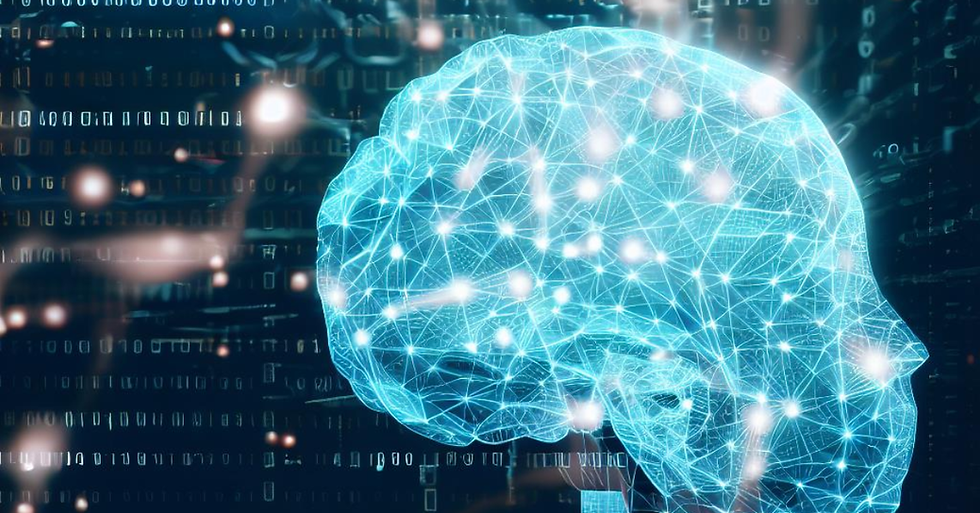
In this article, we will explore the potential implications of AI's rising sophistication and the transformative effects it may have on various aspects of our lives.
History of Artificial Intelligence:
The young British polymath, Alan Turing, in his 1950 paper discussed how to build intelligent machines and how to test their intelligence. The beginning of AI can be traced back to the 1950s, when a group of scientists and engineers gathered at Dartmouth College for a summer research project on artificial intelligence. The project was led by John McCarthy, who is credited with coining the term "artificial intelligence." The Dartmouth workshop brought together some of the leading minds in the field, and it helped to define the research agenda for AI for the next few decades.

One of the most important early advances in AI was the development of the Logic Theorist program. The Logic Theorist was written by Allen Newell, Cliff Shaw, and Herbert Simon, and it was the first program to be able to prove mathematical theorems. It was a rule-based program, which means that it was programmed with a set of rules that it could use to solve problems. This was a significant advance over previous AI programs, which were typically programmed with specific algorithms for solving specific problems. The development of the Logic Theorist showed that AI programs could be used to solve complex problems, and it helped to pave the way for the development of more sophisticated AI programs in the years to come.
Another important early advance in AI was the development of machine learning. Machine learning is a type of AI that allows programs to learn from data. This is in contrast to rule-based AI, where programs are programmed with a set of rules that they must follow. Machine learning algorithms are able to learn from data by identifying patterns and trends. This allows them to make predictions and decisions without being explicitly programmed to do so. The development of machine learning has been a major driving force behind the recent advances in AI. Machine learning algorithms are now being used in a wide variety of applications, including image recognition, natural language processing, and fraud detection.
The beginning of AI was a time of great excitement and innovation. The early AI programs were simple by today's standards, but they showed that it was possible to create programs that could think and learn.
AI's Journey to Sophistication:
Artificial intelligence (AI) has come a long way since its humble beginnings in the 1950s. Early AI systems were rule-based and could only perform very simple tasks. However, over the past few decades, AI has become increasingly sophisticated, thanks to advances in machine learning and deep learning. Today, AI systems are capable of performing a wide range of tasks, from image recognition and natural language processing to self-driving cars and medical diagnosis. As AI continues to evolve, it is unleashing limitless potential to improve our lives in many ways.
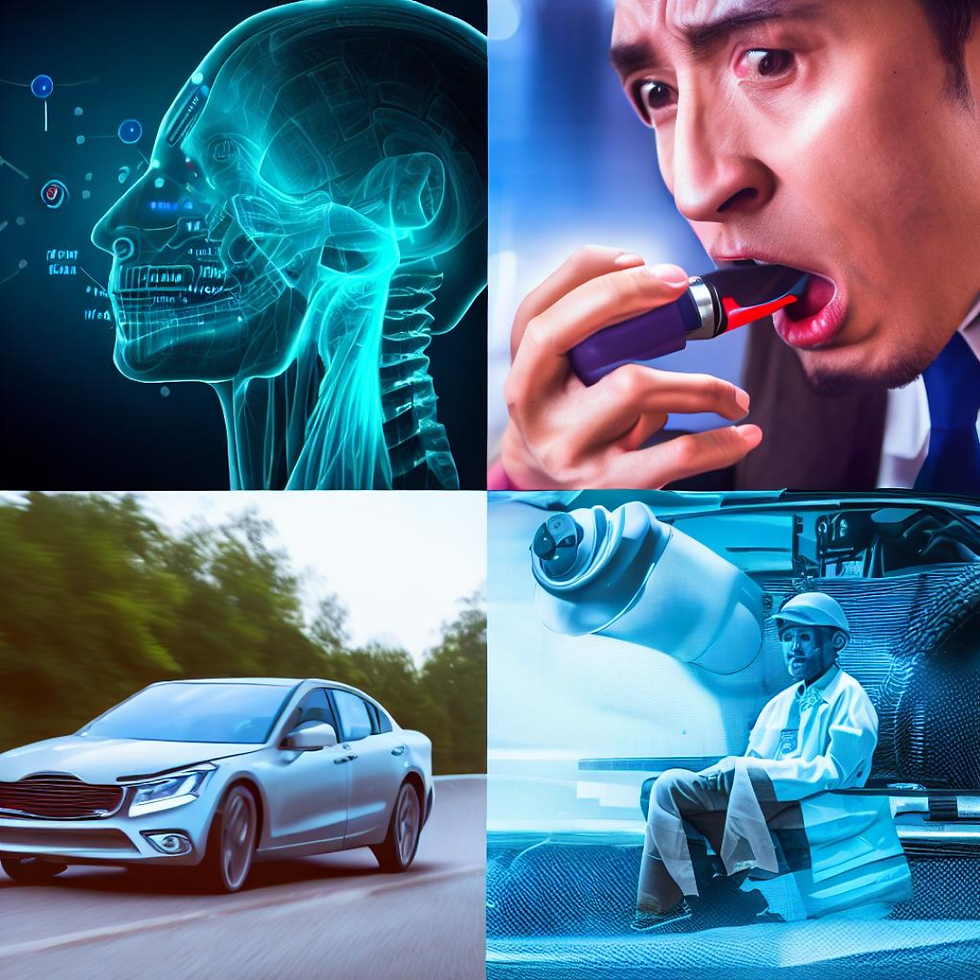
One of the most exciting areas of AI research is the development of artificial general intelligence (AGI). AGI is a hypothetical type of AI that would be as intelligent as a human being. If AGI is ever achieved, it would have the potential to revolutionize our world in ways that we can barely imagine.
Examples where AI is already being used to improve our lives includes:
Image recognition: AI is used to identify objects in images, which can be used for a variety of purposes, such as facial recognition, medical diagnosis, and self-driving cars.
Natural language processing: AI is used to understand and process human language, which can be used for tasks such as machine translation, chatbots, and spam filtering.
Self-driving cars: AI is used to control self-driving cars, which have the potential to revolutionize transportation and make our roads safer.
Medical diagnosis: AI is used to diagnose diseases, which can help doctors to provide more accurate and timely care.
Fraud detection: AI is used to detect fraud, which can help to protect consumers and businesses from financial losses.
These are just a few examples of the ways that AI is already being used to improve our lives. As AI continues to evolve, it is likely to have an even greater impact on our world in the years to come.
The journey of AI to sophistication has been a long and winding one. But with each step forward, AI has become more powerful and capable. And as AI continues to evolve, it is clear that the potential benefits are limitless.
Augmented Intelligence: AI as a Collaborative Partner
Augmented intelligence (AI) is a type of AI that is designed to work alongside humans, rather than replace them. AI systems that are designed for augmented intelligence are typically transparent and explainable, so that humans can understand how they work and make informed decisions about how to use them. Potential benefits of using augmented intelligence are-
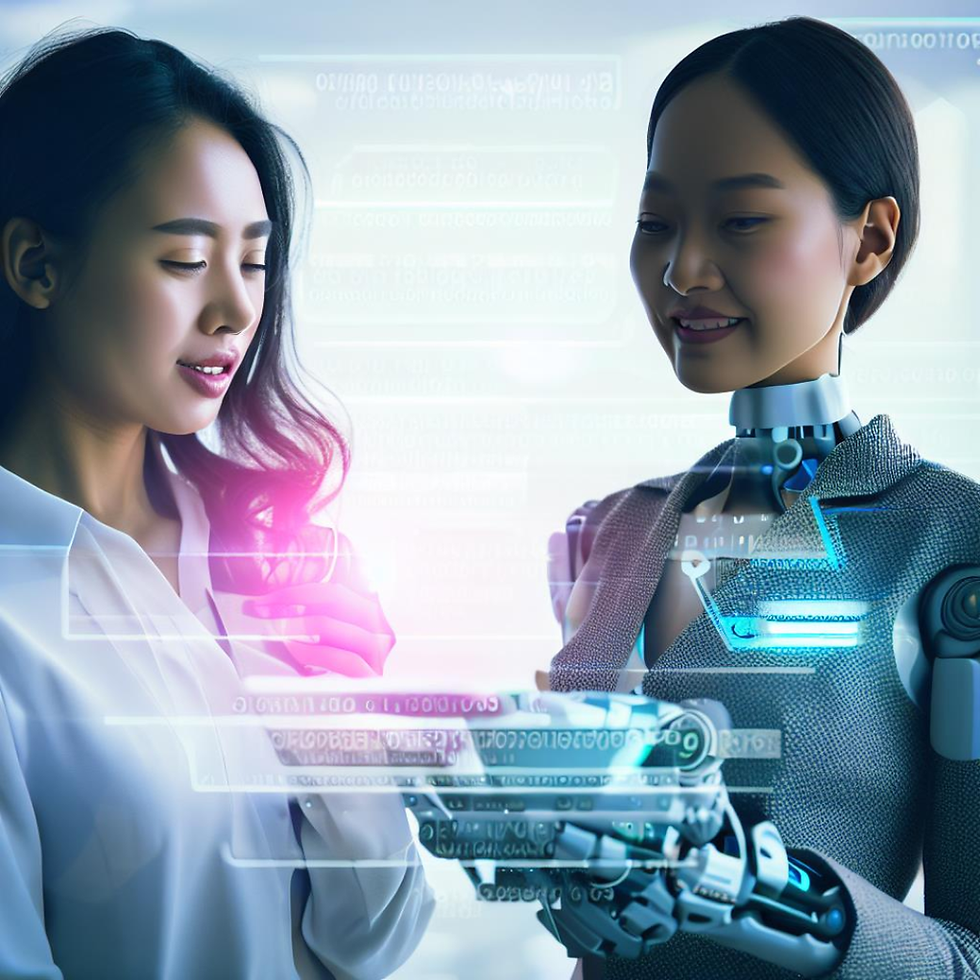
Perform tasks more efficiently: AI can automate repetitive tasks, freeing up humans to focus on more creative and strategic work.
Make better decisions: AI can analyze large amounts of data and identify patterns that humans might miss. This can help humans to make better decisions about everything from business strategy to medical diagnosis.
Solve complex problems: AI can be used to solve complex problems that would be difficult or impossible for humans to solve on their own. For example, AI is being used to develop new drugs and to design more efficient transportation systems.
Of course, there are also some potential risks associated with augmented intelligence. For example, if AI systems are not designed carefully, they could be used to manipulate or deceive humans. However, with careful planning and responsible development, augmented intelligence can be a powerful force for good in the world. Augmented intelligence is being used today in healthcare, manufacturing, finance, and education. The key characteristics of augmented intelligence includes a) human-centered, b) transparent and explainable and c) collaborative, and d) ethical and responsible. As AI continues to evolve, it is likely to have an even greater impact on our world in the years to come.
Ethical Considerations in AI's Advancement
As artificial intelligence (AI) continues to advance, it is important to consider the ethical implications of its development and use. There are a number of ethical considerations that need to be addressed, including:
Transparency and explainability: AI systems should be transparent and explainable, so that humans can understand how they work and make informed decisions about how to use them. This is important to ensure that AI systems are not used in a discriminatory or harmful way.

Fairness and non-discrimination: AI systems should be designed to be fair and non-discriminatory. This means that they should not be biased against any particular group of people.
Privacy: AI systems should respect people's privacy. This means that they should not collect or use personal data without people's consent.
Safety and security: AI systems should be safe and secure. This means that they should be designed to prevent unauthorized access, misuse, and hacking.
Accountability: There should be a way to hold AI systems accountable for their actions. This means that there should be clear guidelines about who is responsible for the decisions made by AI systems, and how those decisions can be challenged.
The impact of AI on jobs: As AI becomes more sophisticated, it is likely to displace some jobs. It is important to think about how we can help people who are displaced by AI find new jobs.
The impact of AI on society: AI could have a profound impact on society, both positive and negative. It is important to think about how we can ensure that AI is used to benefit society as a whole.
The ethical considerations of AI are complex and there are no easy answers. However, it is important to start having a conversation about these issues now, so that we can be prepared for the challenges and opportunities that AI presents.
AI in the Workforce: Job Disruption and Creation
Artificial intelligence (AI) is rapidly changing the workforce, and it is likely to have a significant impact on the way we work in the years to come. On the one hand, AI is likely to displace some jobs. Jobs that are repetitive, predictable, and rule-based are most at risk of being automated by AI. For example, AI is already being used to automate tasks in customer service, manufacturing, and transportation. On the other hand, AI is also likely to create new jobs. Jobs that require creativity, problem-solving, and social skills will be in high demand as AI becomes more sophisticated. For example, AI is being used to create new products and services, and to improve the efficiency of businesses. Overall, the impact of AI on the workforce is likely to be mixed. Some jobs will be lost, but new jobs will also be created. It is important to start preparing for these changes now, so that we can ensure that everyone benefits from the potential of AI.
Here are some of the jobs that are most at risk of being automated by AI:

Customer service representatives: AI-powered chatbots are already being used to answer customer questions and resolve issues.
Factory workers: Robots are already being used to automate tasks in manufacturing.
Truck drivers: Self-driving trucks are still in the early stages of development, but they have the potential to replace truck drivers in the future.
Telemarketers: AI-powered telemarketing systems are already being used to make calls and sell products.
Data entry clerks: AI-powered software can now automatically enter data into computer systems.
Some of the jobs that are likely to be created by AI includes:
AI developers: AI is a rapidly growing field, and there will be a need for more AI developers to create and maintain AI systems.
AI trainers: AI systems need to be trained on large amounts of data. AI trainers will be responsible for collecting and curating this data, and for ensuring that AI systems are trained correctly.
AI ethics experts: As AI becomes more sophisticated, it is important to ensure that it is used ethically. AI ethics experts will be responsible for developing and enforcing ethical guidelines for AI development and use.
AI educators: As AI becomes more prevalent, there will be a need to educate people about AI and how it works. AI educators will be responsible for teaching people about AI, and for helping them to develop the skills they need to work with AI.
The impact of AI on the workforce is likely to be significant. It is important to start preparing for these changes now, so that we can ensure that everyone benefits from the potential of AI.
Advancements in Natural Language Processing (NLP)
Natural language processing (NLP) is a field of computer science that deals with the interaction between computers and human (natural) languages. NLP research has made significant progress in recent years, thanks to advances in machine learning and deep learning. Examples of significant advancements in NLP includes:

The development of large language models: Large language models (LLMs) are trained on massive datasets of text and code. This allows them to learn the statistical relationships between words and phrases, and to generate human-like text. LLMs have been used to create a wide variety of NLP applications, including chatbots, question answering systems, and text summarization systems.
The development of deep learning techniques: Deep learning techniques have been used to improve the performance of NLP tasks such as sentiment analysis, named entity recognition, and machine translation. Deep learning models are able to learn complex patterns in data, which allows them to perform these tasks more accurately than traditional NLP models.
The development of new NLP datasets: The availability of large and high-quality NLP datasets has been essential for the progress of NLP research. These datasets have been used to train LLMs and other NLP models, and they have also been used to benchmark the performance of these models.
These are just some of the most significant advancements in NLP. As NLP research continues to evolve, it is likely to have an even greater impact on our world. Some of the real-world applications of NLP are:
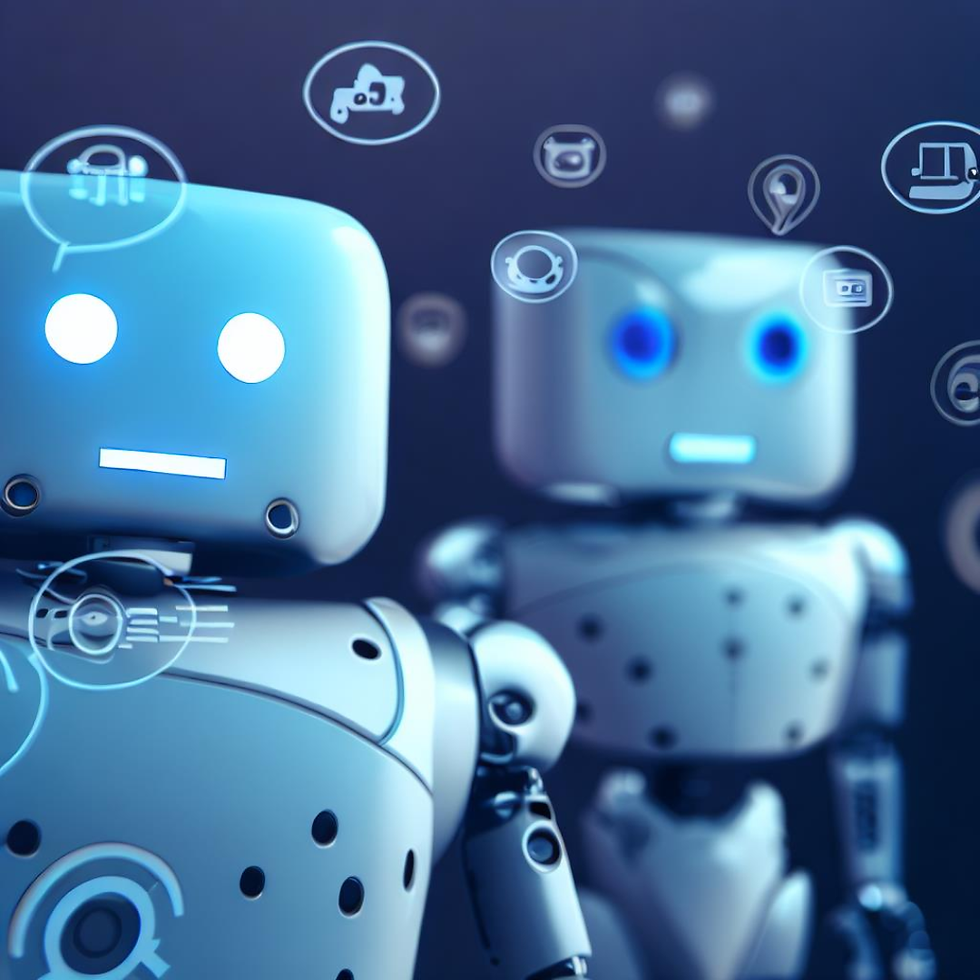
Chatbots: Chatbots are computer programs that can simulate conversation with humans. They are often used in customer service applications, where they can answer customer questions and resolve issues.
Question answering systems: Question answering systems are able to answer questions posed in natural language. They are often used in educational applications, where they can help students learn new information.
Text summarization: Text summarization systems are able to create summaries of text documents. They are often used in news applications, where they can help users quickly scan through long news articles.
Machine translation: Machine translation systems are able to translate text from one language to another. They are often used in travel applications, where they can help users communicate with people who speak other languages.
These are just a few of the many real-world applications of NLP. As NLP research continues to evolve, it is likely to have an even greater impact on our world.
AI in Healthcare: Revolutionizing Diagnostics and Treatment
Artificial intelligence (AI) is rapidly transforming the healthcare industry, with the potential to revolutionize the way diseases are diagnosed and treated. AI-powered technologies are already being used to improve the accuracy of diagnoses, personalize treatment plans, and even develop new drugs. Here are some of the ways that AI is being used in healthcare today:
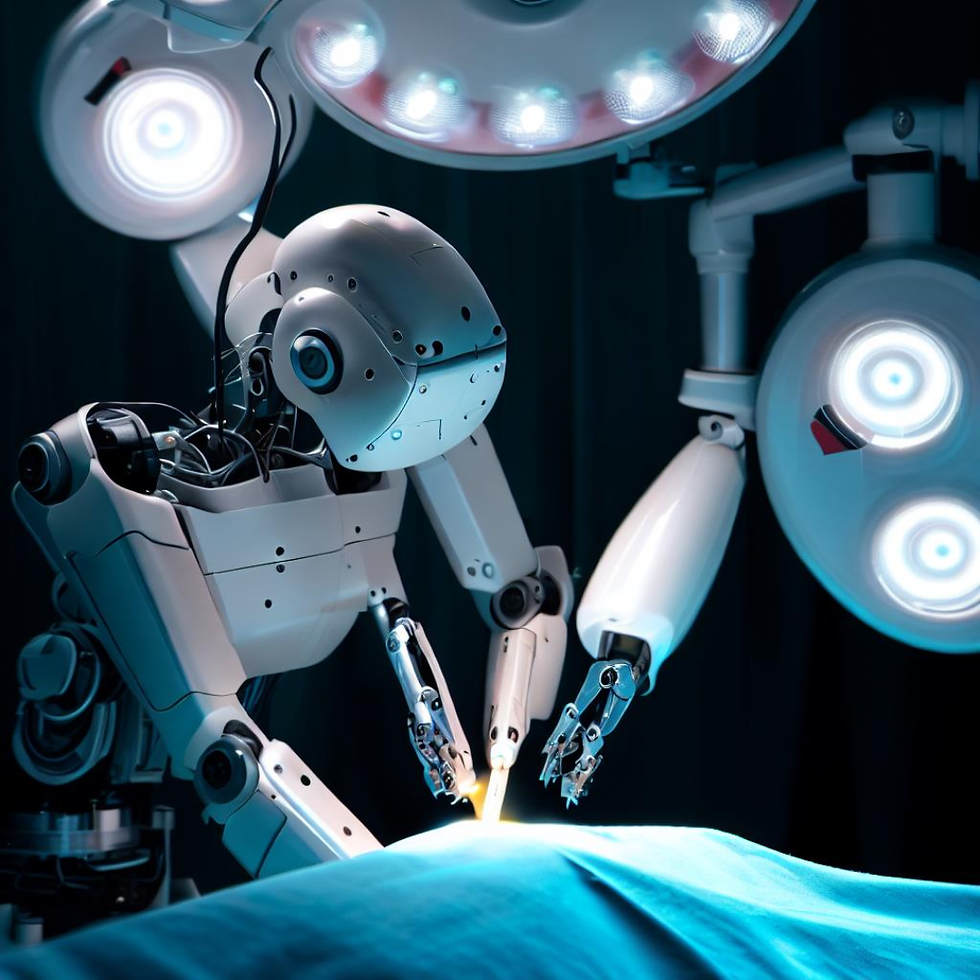
Diagnosis: AI-powered diagnostic tools are being used to analyze medical images, such as X-rays and CT scans, to identify diseases. For example, AI-powered software can now detect diabetic retinopathy, a leading cause of blindness, with a high degree of accuracy.
Treatment: AI-powered tools are being used to personalize treatment plans for patients. For example, AI-powered software can now predict which patients are most likely to respond to a particular drug, and can even suggest alternative treatment options if a patient is not responding to the first drug.
Drug development: AI is being used to develop new drugs. For example, AI-powered software can now identify new drug targets, and can even design new drugs based on these targets.
Research: AI is being used to accelerate medical research. For example, AI-powered software can now analyze large datasets of medical records to identify patterns and trends that would be difficult or impossible to spot with the naked eye.
These are just a few of the ways that AI is being used in healthcare today. As AI continues to evolve, it is likely to have an even greater impact on the way we diagnose and treat diseases. Some of the potential benefits of using AI in healthcare includes:
Improved accuracy of diagnoses: AI-powered diagnostic tools can analyze large amounts of data more quickly and accurately than human doctors. This can lead to earlier detection of diseases, which can improve patient outcomes.
Personalized treatment plans: AI-powered tools can analyze a patient's individual medical history and genetic makeup to create personalized treatment plans. This can lead to more effective and targeted treatments.
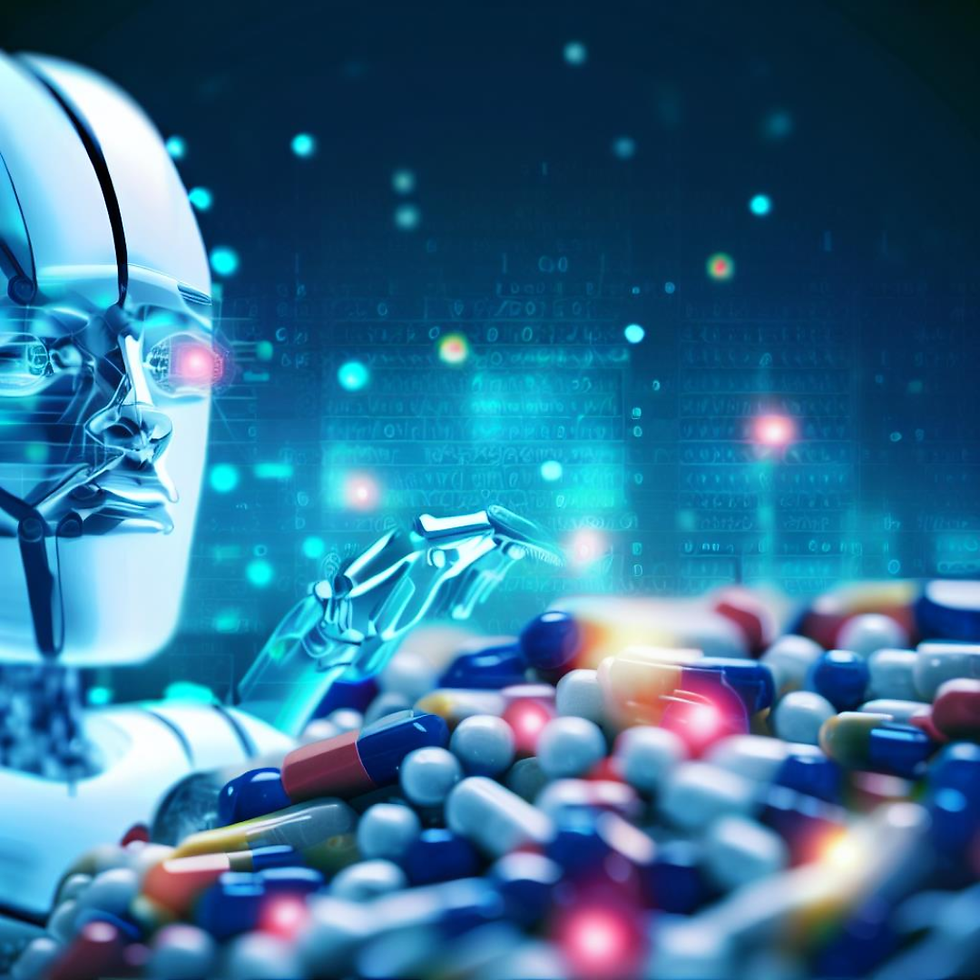
New drug development: AI can be used to identify new drug targets and design new drugs. This could lead to the development of new treatments for diseases that are currently incurable.
Accelerated medical research: AI can be used to analyze large datasets of medical records to identify patterns and trends. This could lead to new insights into the causes and treatments of diseases.
Of course, there are also some potential risks associated with using AI in healthcare. For example, AI-powered tools could be used to make biased or discriminatory decisions. However, with careful planning and responsible development, AI can be a force for good in the healthcare industry. The potential benefits of using AI in healthcare are significant. As AI continues to evolve, it is likely to have an even greater impact on the way we diagnose and treat diseases.
Conclusion:
The future of artificial intelligence is undoubtedly one of increasing sophistication and endless possibilities. As AI continues to advance, it will redefine industries, revolutionize daily life, and create opportunities for societal progress. Embracing the transformative implications of AI's sophistication while being mindful of its ethical considerations will be crucial in navigating the path towards a smarter and more interconnected future. By leveraging AI responsibly and thoughtfully, we can unlock the full potential of this revolutionary technology for the betterment of humanity.

Comments